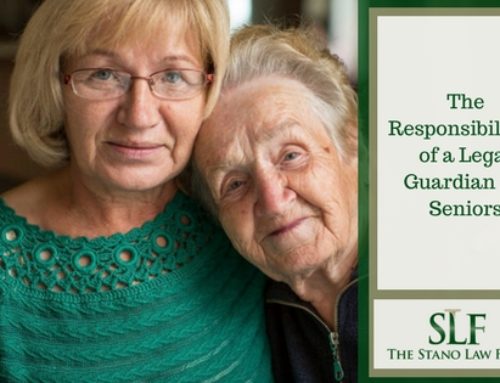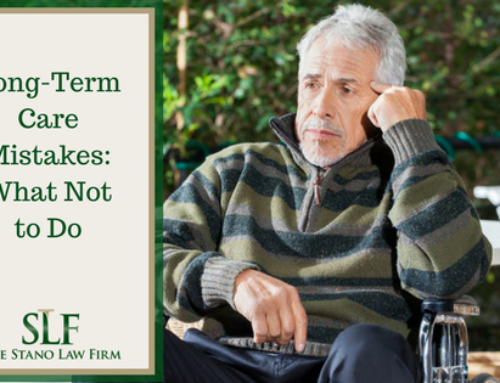Using a reverse mortgage to pay for long-term care insurance is a popular option, as it frees up current assets and allows seniors to keep their current lifestyle while insuring their future. There are three important criteria that must be met in order for a reverse mortgage to make sense as a source of funds for long-term care insurance:
- The borrowers of the reverse mortgage should have insurability to purchase a meaningful amount of long-term care coverage.
- The payments the homeowners would receive from a reverse mortgage should pay a substantial portion of the insurance premiums, keeping in mind any future premium increases. This is very important for elders that have very little cash resources outside of their home equity.
- The proceeds of a reverse mortgage have to last long enough to pay the long-term care insurance premiums until the policy holders needs long-term care.
Each of these criteria are equally important and raise issues that should be addressed when determining the cost versus the value of the benefit to borrowers. The best person to seek advice from, if the answer is not clear, is a qualified elder law attorney.






